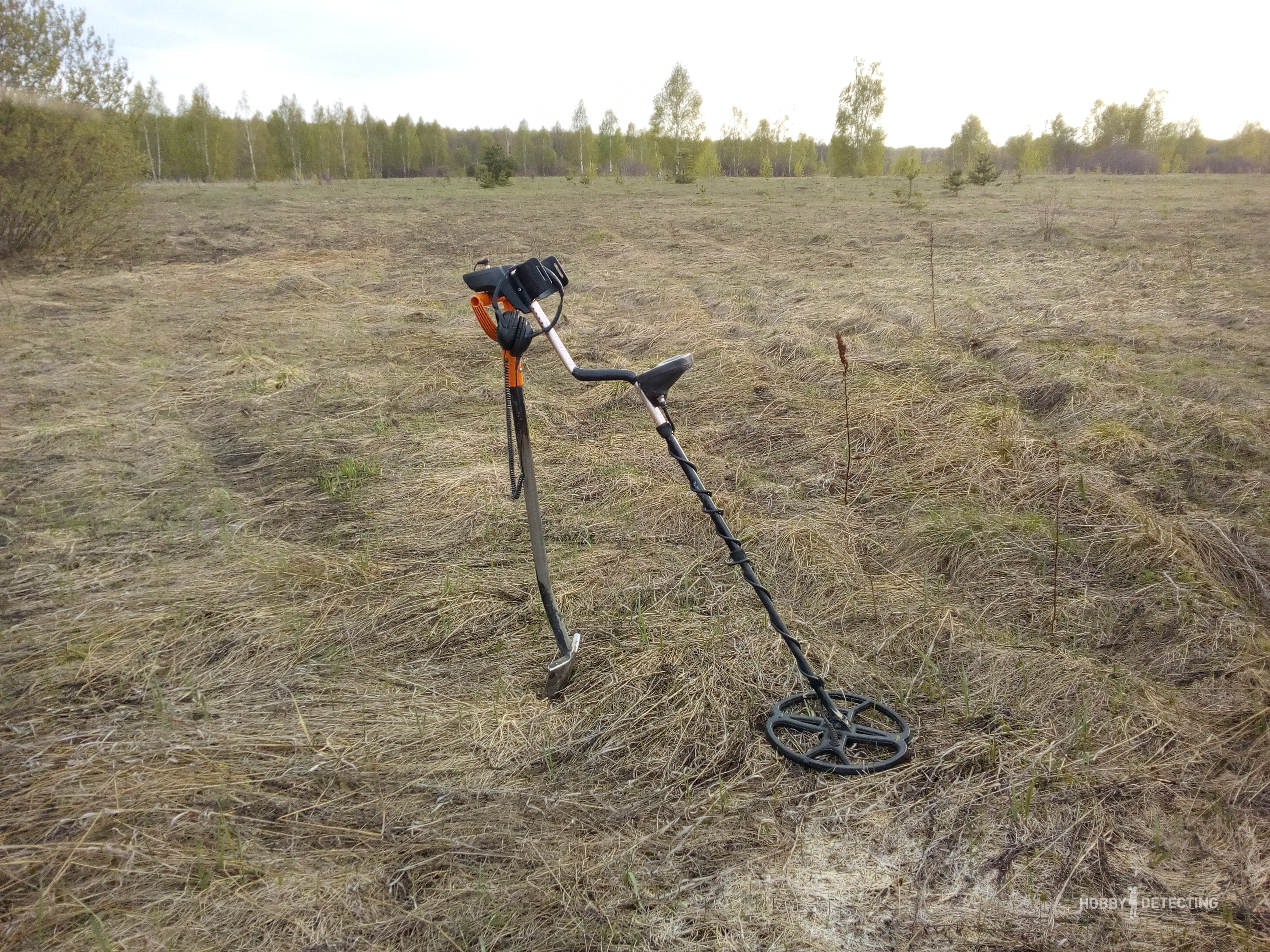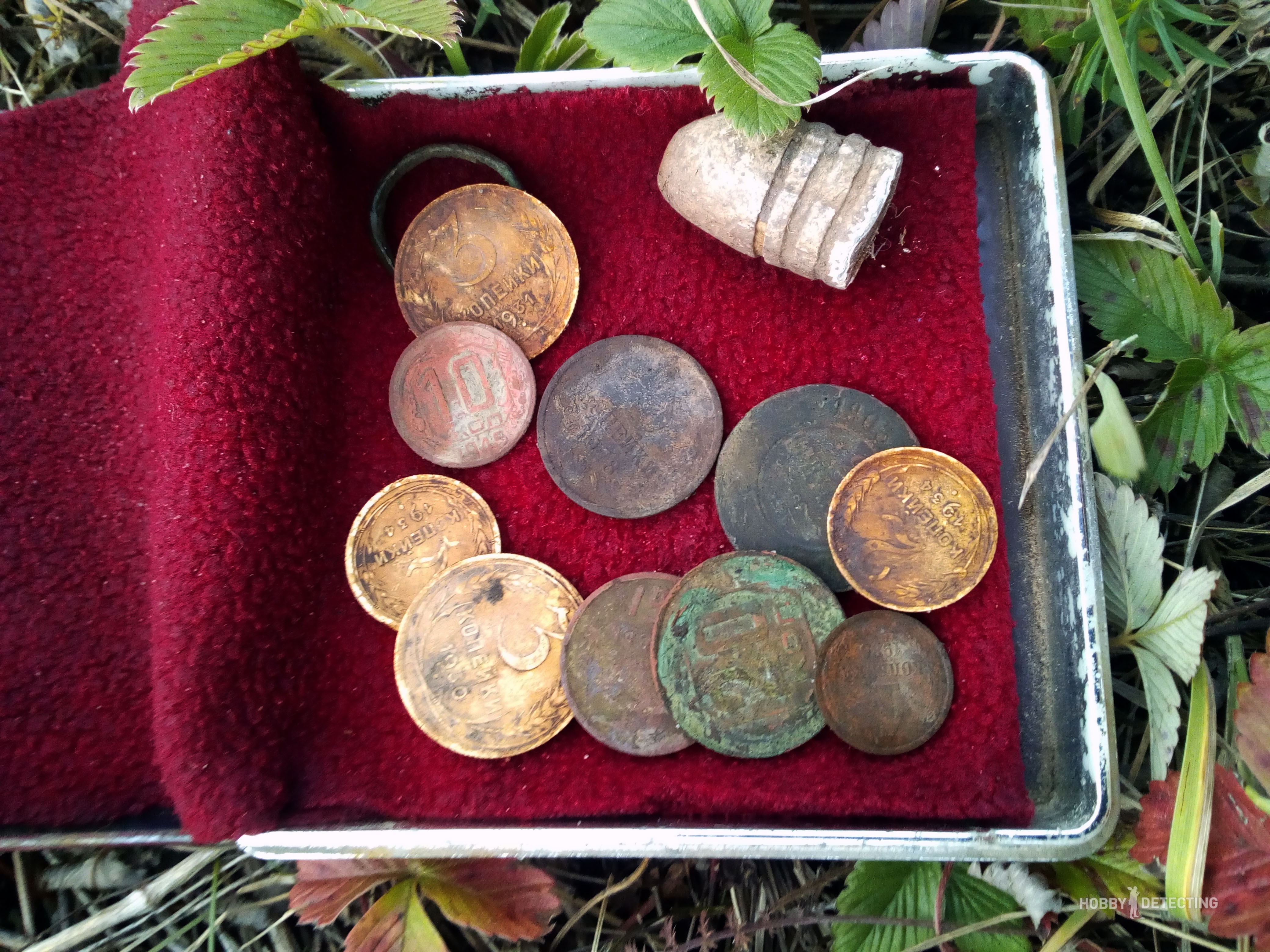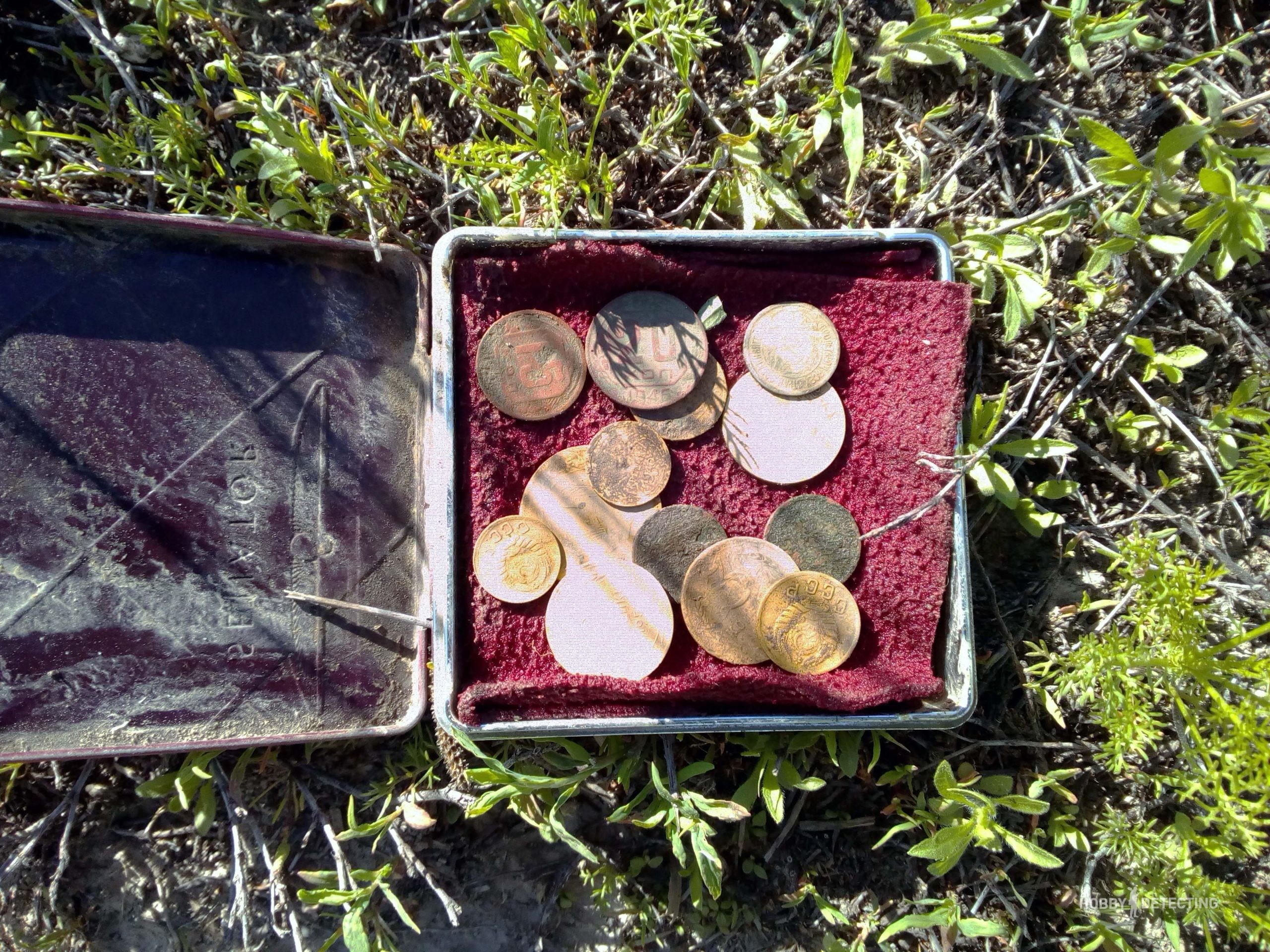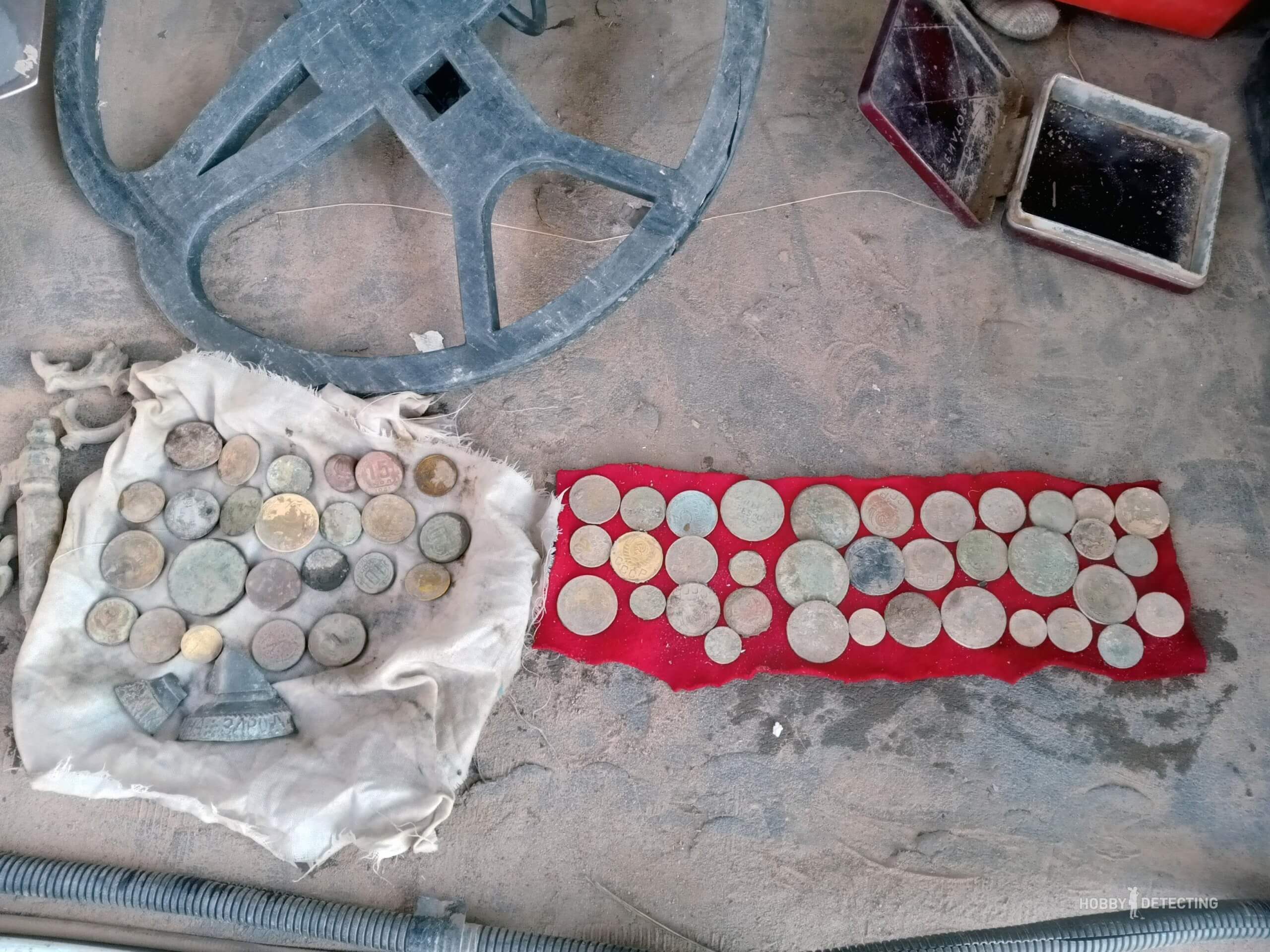Well, everyone says that you need to understand a metal detector. What is this anyway?
Good mood to you, dear readers of our blog.
I propose today to discuss the topic of mutual understanding. Why mutual understanding? So, I think many will understand me and confirm my thought. Our understanding of the metal detector, and what we generally want from it, depends on how we understand our metal detector.
Initial data from a long-term experiment.
Metal detector : Fisher F-75, Fisher F-70 and Fisher F-75 SE Black. Over the course of 4 seasons, I have had extensive experience digging with various models of the basic Fisher F-75 line. I have two friends who left me their metal detectors for a long time. So, for example, in 1919 I spent the entire season having two MDs: F-70 and F-75 SE Black. Looking ahead, I will say that based on the results comparison, the F-70 turned out to be more effective than the F-75 SE Black, although the latter is twice as expensive. But that will be a separate story.

Location for a cop. Not a field, but a digger's dream. There is a field in our vicinity where there was a Soviet-era village with 40 households. The village was resettled in the 60s of the 20th century under the program of resettlement of unpromising villages. Finds at this site are late empire and early council. The field was abandoned and had not been plowed for at least 25 years. But 4 years ago it was plowed up for the first time. Yes, besides, it stood fallow all summer, plowed to the level of the beach. Not a field, but a dream!!!

First year as a cop. Complete misunderstanding of what is happening. A bunch of incomprehensible sounds, what to dig, what not to dig? Sheet iron, shovels, buckets, hinges, fragments of cast iron, tin slag from a forge, a tractor steering wheel at a depth of 1.5 meters. And, for the whole day, no more than a dozen coins. Ten early tips is the maximum. TEN coins on a previously unbeaten village!!! I think many readers are smiling now.
I remember I met one more experienced comrade with Equinox on that field. We talked, as always, about who dug up what??? Comrade casually took out a handful of coins from his pocket, about twenty at least. I looked at this result, then at the comrade’s metal detector and thought, “This is a metal detector, I need to buy the same one. Save money and buy. Definitely.”

Second year. It was not possible to dig fully in this field. The field was sown. Then, until spring, it stood with stubble, and then within two days it was plowed up and sown.

Third year. Here there were plenty of opportunities for scientific experiments. Half of the field was left fallow, the other half was planted with potatoes. That summer I had two MDs and I went there to test the capabilities, alternately using one or the other metal detector. Now I was already using the mode without iron discrimination. Because of this, he could perfectly understand most of the false iron signals. However, all attempts to dig through the core of a plowed foundation led to a complete misunderstanding of what was happening there with the metal detector. Constant chatter, false signals, it is not clear what needs to be dug and what not. Therefore, I moved away from the foundation holes to the level where the barns were and dug well there. The average result per day of a cop was already 15-20 coins. So, the Equinox dream was skeptically rejected.

Fourth year. More precisely, this happened at the end of the third year. Namely. I figured out, by chance, an interesting feature of the Fisher F-70 setup. The fact is that in this MD you can simultaneously adjust sensitivity and thrashhold. Everyone knows what sensitivity is on MD. But few people understand what a thrashhold is. So for three years (THREE years Karl!!!) I believed that thrashhold is the depth of detection of small targets. And this understanding is fundamentally wrong. Threshhold is a kind of goal size filter. I realized this after testing the depth gauge.

So in the Fisher F-70, in one mode you can adjust both sensitivity and thrashhold, adjusting the device to the conditions of the cop. If the field is littered, if there is a lot of looped and sheet iron in the ground, I pressed the thrashhold to minimum and the sensitivity to maximum. And imagine that after such a setup, I calmly and very confidently began to dig through the core of the hazelnut plow. Moreover, I deliberately went to plow the foundations. Taking care of the spots, plow meticulously and several times. At the same time, there was a 13-inch reel (steering wheel) on the MD . The result was 38 coins for a day of digging.

Also, with this setting, I very effectively dug into several previously “tightly knocked out” places. But that's a different story.
Total: This is the story about how it took me three years to figure out a MD that was very simple in terms of settings. Therefore, when the comrade suggested that I leave Deus for a couple of weeks, I was horrified by how much everything and everyone was stuffed with software there.
Last summer I bought myself an XP ORX. The device is strikingly different in terms of the conventional “physics” of operation from the Fisher F-70. The first week I was completely freaking out, not understanding what was happening. The first month I dug only in the standard 3rd program, without changing the settings. And only in the second month I began to try to experiment with frequencies and speed.
And yet, I can’t help but think that there is something in the settings of this MD that, if you understand the “physics” of the device, can double the productivity of a cop.

